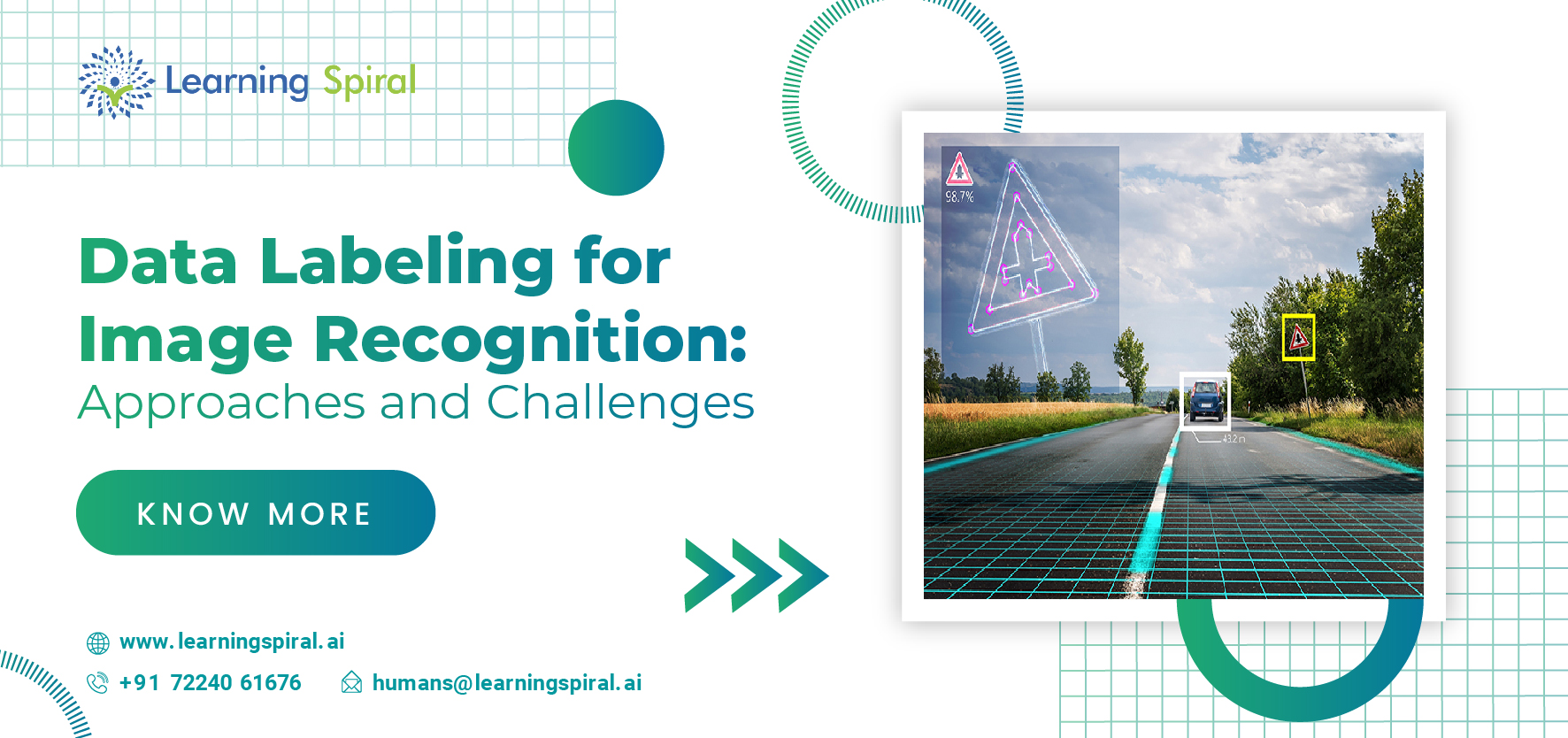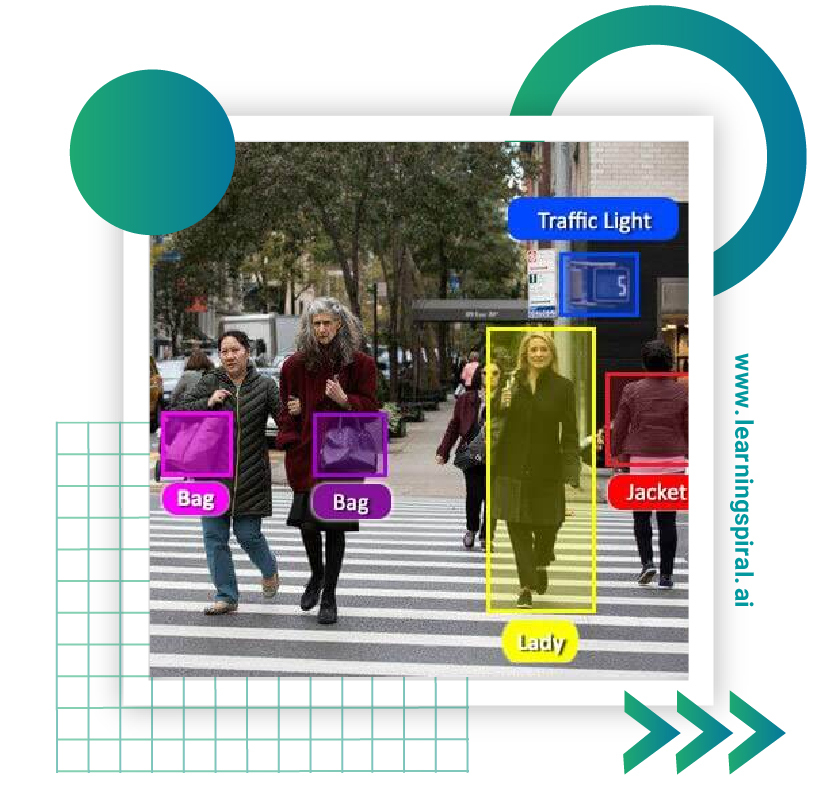
Image recognition is a computer vision service that allows AI and machines to identify and classify objects in images. It is a powerful tool that has a wide range of applications, including self-driving cars, facial recognition, and medical image analysis.

For image recognition models to work effectively, training them on a large dataset of labeled images is required. This process of data labeling involves manually adding tags or labels to each image in the dataset, indicating what objects are present in the image. It is done by the data labeling companies in the market like Learning Spiral.
There are two main approaches to data labeling for image recognition: manual labeling and automatic labeling.
Manual labeling is the most common approach. It involves hiring humans to manually include each image in the dataset as a label. This can be a time-consuming and expensive process, but it is also the most accurate way to label images.
Automatic labeling is a newer approach that uses machine learning algorithms to automatically label images. This can be a faster and cheaper way to label images, but it is also less accurate than manual labeling.
The following are some of the challenges associated with data labeling for image recognition:
- Data collection: The first challenge is to collect a large and diverse dataset of labeled images. This can be a difficult and time-consuming process, especially if the images are of rare or unusual objects. Various data labeling service companies work tirelessly to make this an easy feat for the companies who are looking for it.
- Data labeling accuracy: The accuracy of the data labeling process is critical to the performance of the image recognition model. Even a small number of mislabeled images can significantly degrade the performance of the model.
- Data labeling cost: The cost of data labeling can be a significant barrier to entry for many organizations. Manual labeling can be very expensive, and automatic labeling algorithms are not yet mature enough to be used in production without human oversight.
Despite these challenges, data labeling is an essential step in the development of accurate and reliable image recognition models. As the field of computer vision continues to evolve, new approaches to data labeling will emerge that will make the process more efficient and cost-effective.

